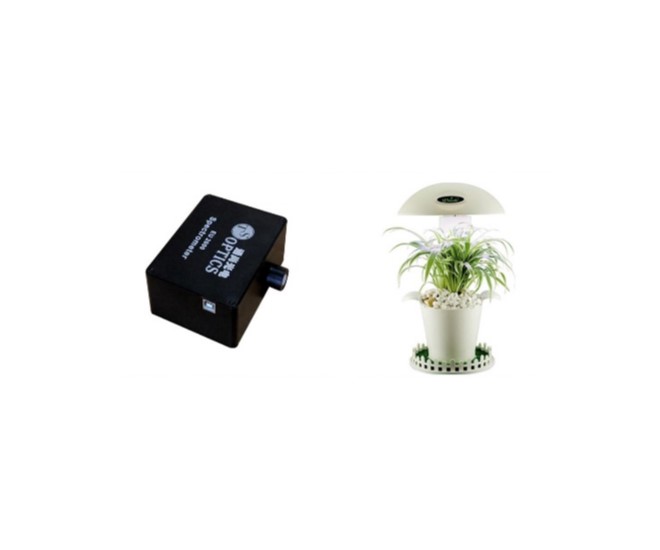Light is one of the most important environmental factors which affect plant growth and development. It is an important adjusting role for plant growth, morphogenesis, photosynthesis and substance metabolism, and it controls plant lifecycle as an environment signal. It influences plant vital activities from three aspects: light quality, optical density and light duration.
1) Light Quality (Spectral Distribution):
Light with different wavelengths has different impacts on plant photosynthesis. For example, the wavelengths 400nm-520nm and 610nm-720nm are capable of affecting plant photosynthesis but the wavelengths 520nm-610nm are not much useful for plant photosynthesis.
2) Optical Density (Spectral Irradiance):
The degree to which optical density affects plant growth varies with the plant. Sun plants and mesophyte need different illuminance, a suitable optical density means good growth.
3) Light Duration
Light duration affects flower bud differentiation, flower sex differentiation, plant dormancy, vegetative growth and physiological differentiation of plant.
If LED lighting products are applied to plant growth lighting, except light quality, optical density and light duration, on the other hand, directivity and space distribution uniformity of itself can not be ignored. Therefore, irradiance uniformity of illuminated area should be investigated.
Spectral response curve of plant photosynthesis is different from the curve of human vision. For evaluating illumination effect of plant lighting LED, spectral response curve of plant must be a considerable condition. The EU2000 spectroradiometer with professional plant lighting analysis




 0571-56586009
0571-56586009 15858287688
15858287688 45190311
45190311
 地圖導(dǎo)航
地圖導(dǎo)航